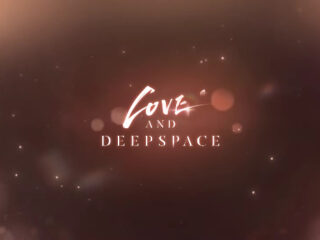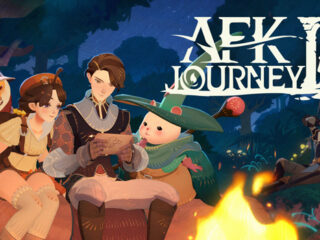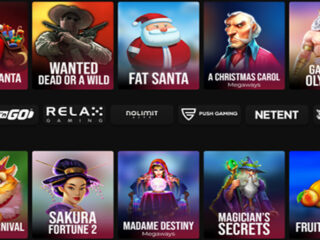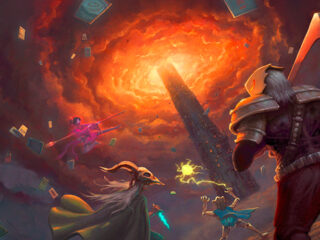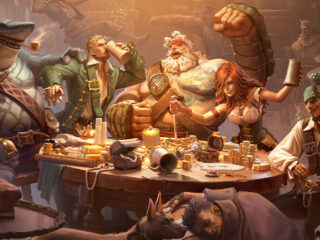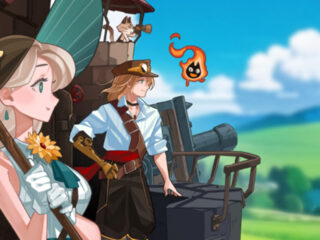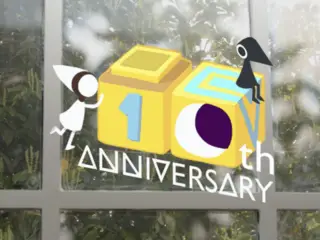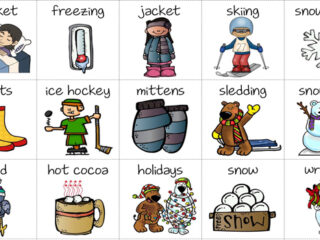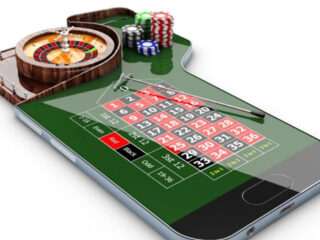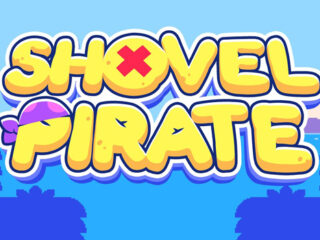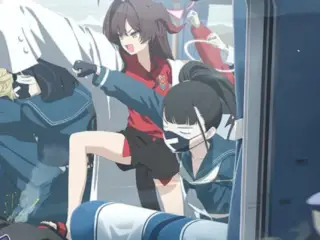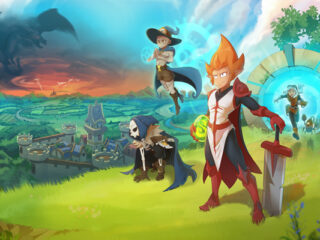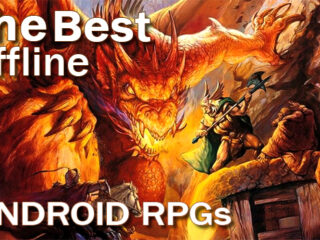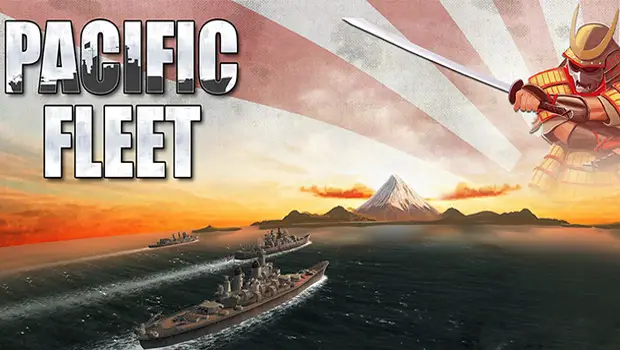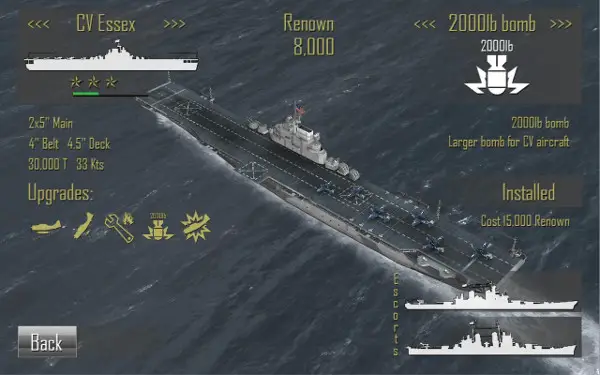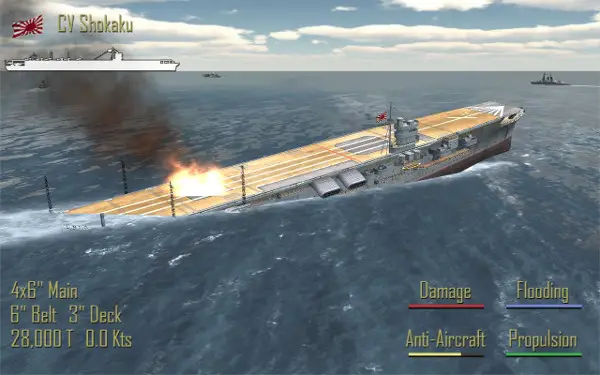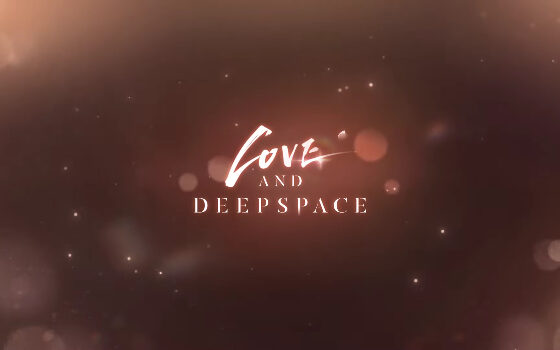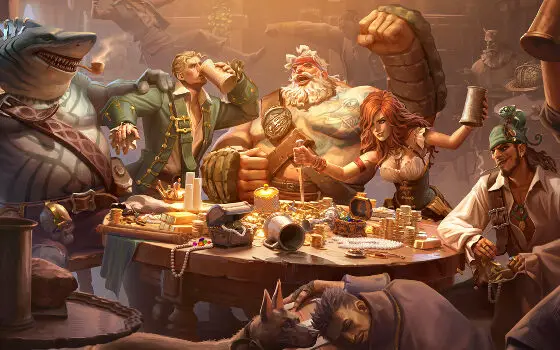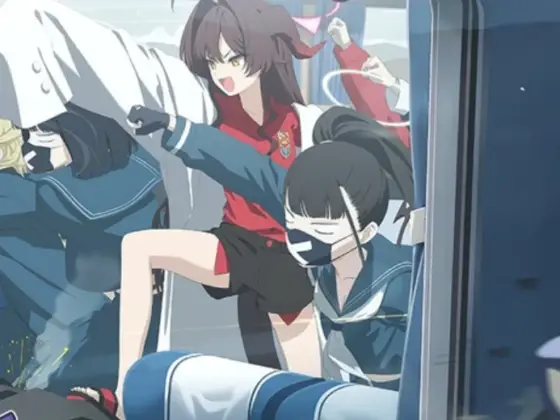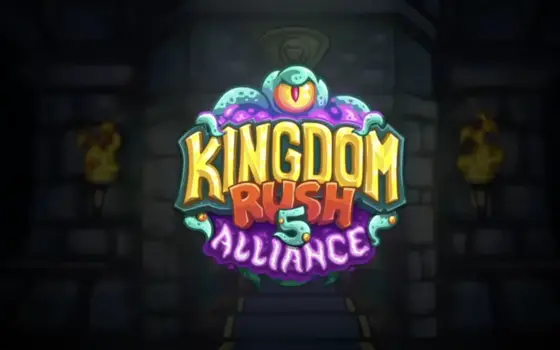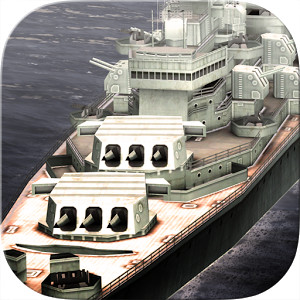 Pacific Fleet is a strategy game of Second World War naval combat. It’s less than it first appears to be in some ways, but it still has quite a bit to offer.
Pacific Fleet is a strategy game of Second World War naval combat. It’s less than it first appears to be in some ways, but it still has quite a bit to offer.
You can play as the American or Japanese navy, with 45 missions each, or have one-off battles. You fight your way through a series of engagements against progressively more powerful opponents, from freighters and transports to battleships and carriers. Battles are turn-based, with up to three ships per side. You select each ship’s heading and engine power during the navigation phase, and can then fire weapons, which you aim yourself- selecting both your direction of fire and your angle of elevation so don’t overshoot or fall short of the target. After each battle, you earn Renown used to access new ships or upgrade existing ones.
This is not a historical strategy game or sim in any serious sense, and people expecting that are going to be disappointed. Battles are small, simple affairs fought with little regard to actual naval tactics. Pacific Fleet is a hybrid, combining simple tactical elements with some interesting combat mechanics based on the game’s unusually detailed gunnery controls and damage modeling, that feels like a sort of turn-based action game. It does that well, but some of its trappings may give the wrong impression of the game’s genre, so understand what you’re getting.
The game is ill-served by its first few missions if you’re playing as America, where you command a submarine or destroyer. Until you buy two upgrades for them, American torpedoes in Pacific Fleet are absolutely wretched- they’re wildly inaccurate and routinely fail to explode. This makes these missions largely dependent on luck- and patience.
This is based in real history; American torpedoes in the first few years of the war were notoriously shoddy. (Their guidance systems were so bad that at least one American submarine was lost after accidentally torpedoing itself.) But the result is that the initial battles are dull, frustrating, and arbitrary. It’s also a problem that can be quite unrealistically and ahistorically nullified after a few battles by selecting the appropriate upgrades, so it’s only real effect is to make those first few battles an irritating slog. Guns have a similar problem: Initially very frustrating and difficult to use, drastically easier after buying an upgrade. You can mitigate this by lowering the difficulty, but you’re stuck with that difficulty on subsequent missions.
Things pick up if you have patience. Battles are fun once your ships are more capable, and there’s a lot of tension as you watch each salvo and maneuver play out. I enjoyed the importance of maneuver and positioning- different weapons have different firing arcs, and ships don’t stop on a dime, so the navigation phase needs careful thought. Getting a ship in position to bring all of its guns to bear on an enemy at the same time and loosing a salvo that tears them apart can be very satisfying.
Ship damage is location-specific and unusually detailed. Hits can damage the superstructure, impair mobility with hits to the engine or boilers, start fires, or set off catastrophic magazine explosions. Damage below the waterline starts flooding sections of the ship, and can eventually sink or capsize it.
The interface is excellent. Selecting a ship centers the camera on it; from there you can zoom in or out and rotate your view 360°. Tapping again shows its stats. The commands you need for your ships are intuitive and easily accessible, and aiming and steering are accomplished with simple sliders. The gunnery sliders can be “zoomed in” to show a range of only a few degrees rather than your entire possible firing arc to make fine adjustments, a very handy feature.
Ships are 3D and highly detailed, and look nice zoomed in. Battle damage looks great, too. Damaged vessels smoke and burn where they’re hit and list to one side or ride lower in the water as they flood, and magazine explosions look like the violent catastrophes that they are. The music is decent- not spectacular, but suitably dramatic- but the sound effects are conspicuously strong, from waves to shells whistling through the air and exploding to crackling fires on burning ships.
Pacific Fleet is recommended provided you understand what you’re getting into. It’s quite fun once you get the hang of the gameplay, if you accept it for the kind of game it is, and there’s enough content here to keep you busy for some time.
Hardcore?
Yes.
Not the deep strategy game it initially gives the appearance of being, but good historically-themed fun on its own terms.
